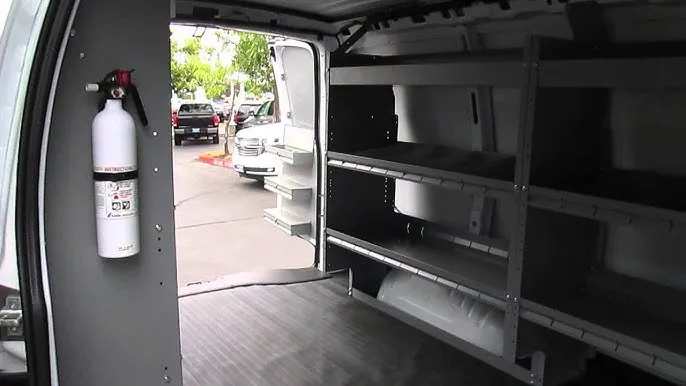- Organize Your Space
The first step in organizing your space is determining what your goals are. This will help you decide what should stay, what can be decluttered and where things should go for both practicality and aesthetic purposes.
It may be helpful to look at your space and try to see it as if you were visiting for the first time. This can give you a new perspective and allow you to see where there are problems or issues that you haven’t noticed before. For example, if you want to create more storage but can’t move a wall to gain 3 extra feet, is there a different furniture arrangement or an organizing trick that can work around this problem?
Generally, a lot of clutter is simply things that don’t have a home. The old adage that everything should have its place is pretty accurate. Once you find a place for items, they’re much easier to keep organized.
Once you’ve determined what will stay, organize your space to make it as easy as possible to access these items. For example, store things you use on a daily basis close to eye level and more towards the front of the space, while storing less used items higher up or in the back.
Another key thing to remember is that it takes time to truly organize a space. This is especially true if you’re working with a large space or have a lot of stuff to sort through. Therefore, it’s important to set aside a good amount of time for this project and commit to it wholeheartedly. This way, you won’t have to worry about running out of time or making the process more difficult than it needs to be.
- Make Sure It’s Secure
A safe warehouse is an efficient one. Whether you’re dealing with a large inventory or small, you need to be confident that your goods will not fall off of the rack and break on impact. There’s a direct correlation between safe, secure loads in rack and high warehouse productivity. The best way to ensure this is by implementing preventative maintenance techniques like using column protectors that help to reduce damage from forklift collisions. Similarly, safety netting can keep product from falling off of the beams. Additionally, if you do notice damage to your Ray’s Racks, have it assessed by a professional to make sure the integrity of the system is not compromised. This could lead to collapse or a loss of inventory. RMI recommends that any damaged rack be repaired or replaced immediately.
